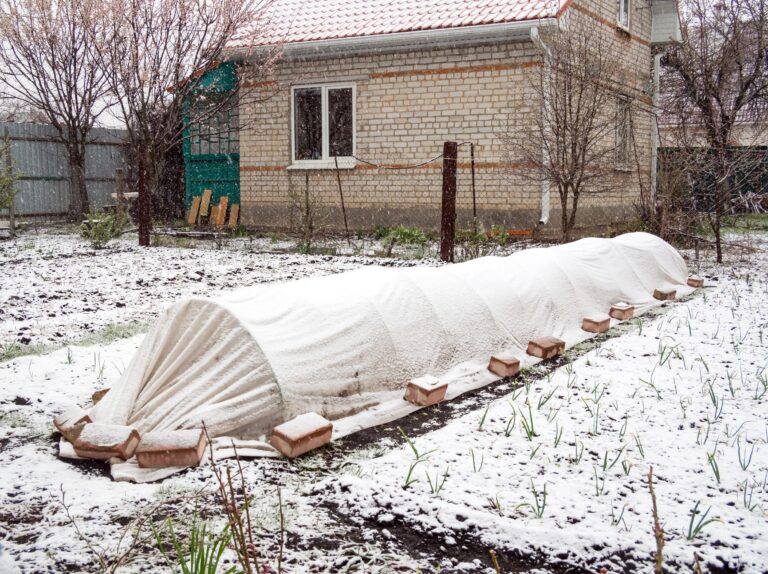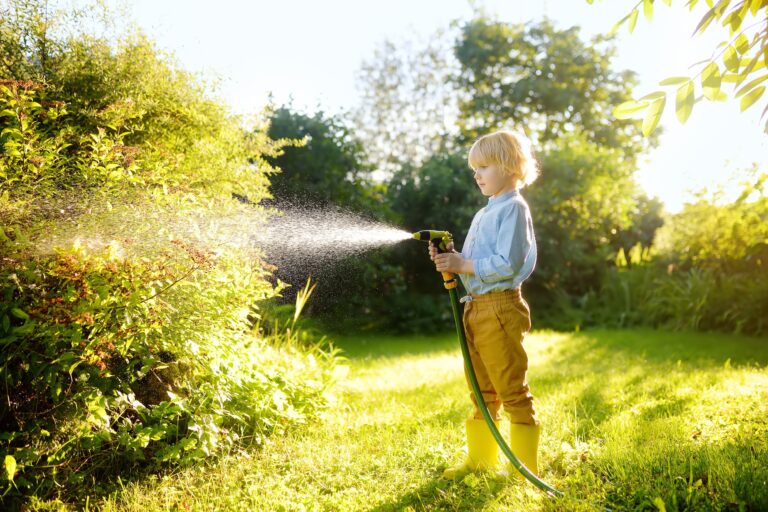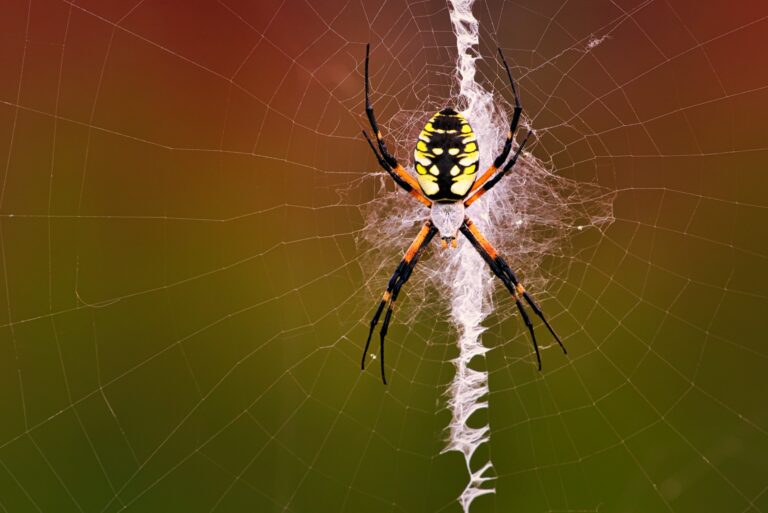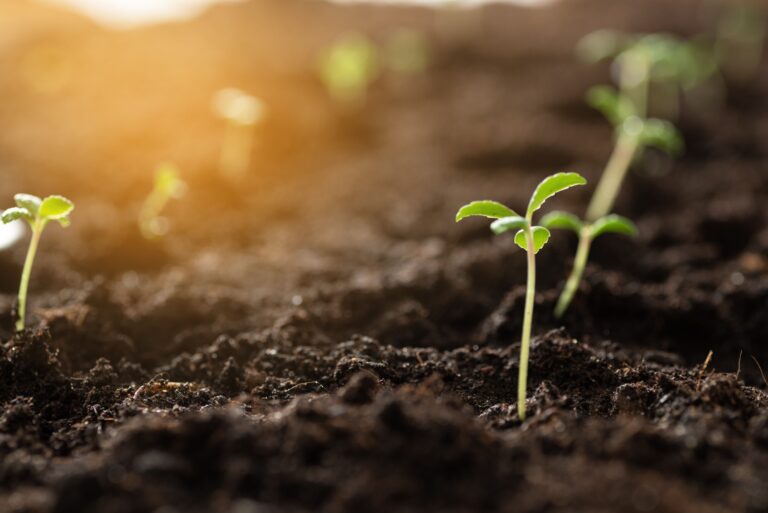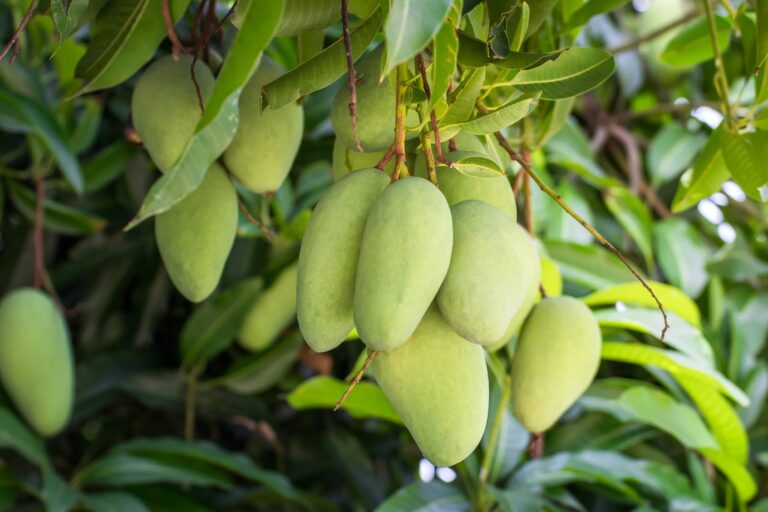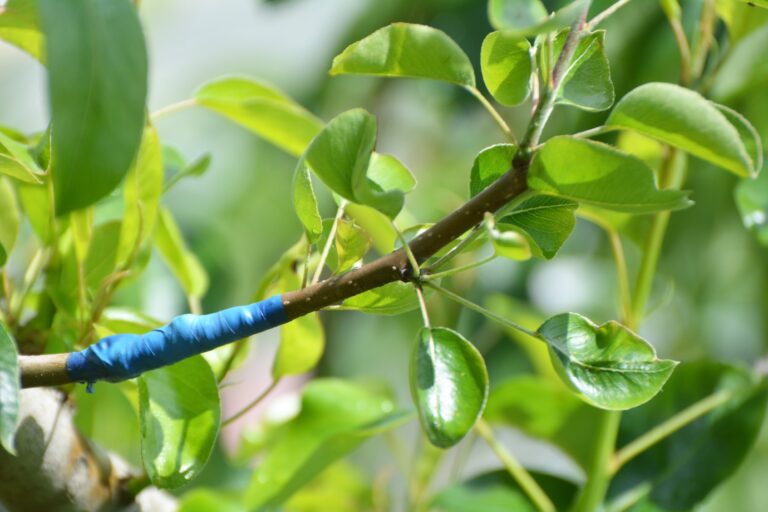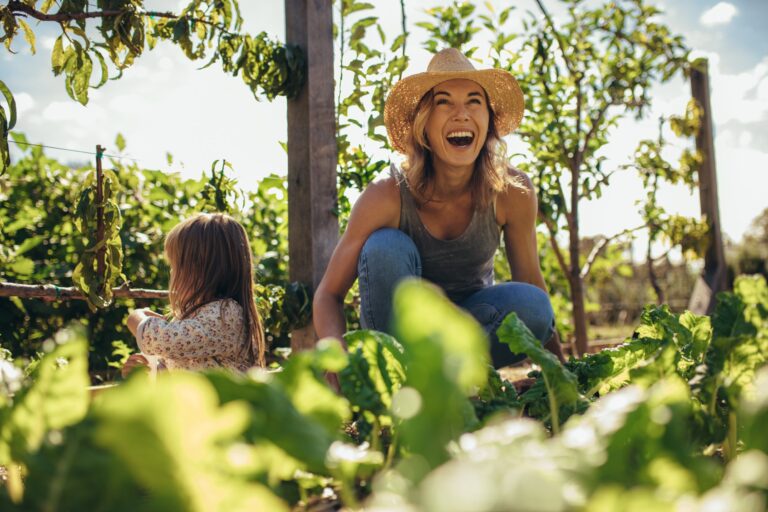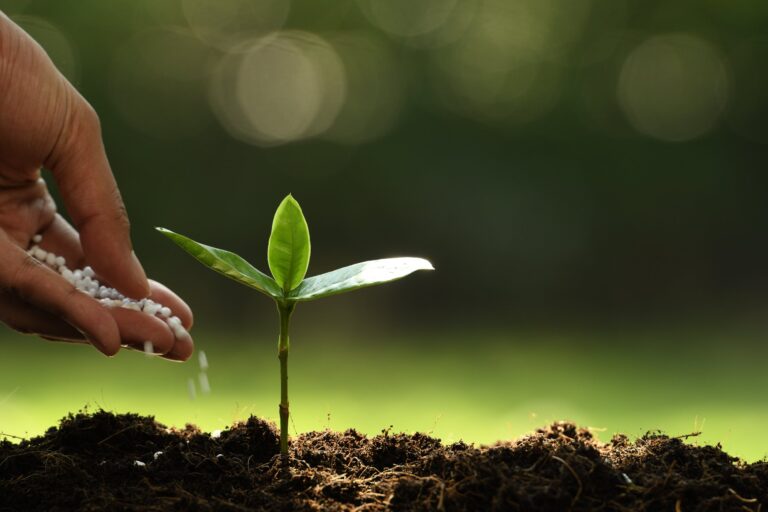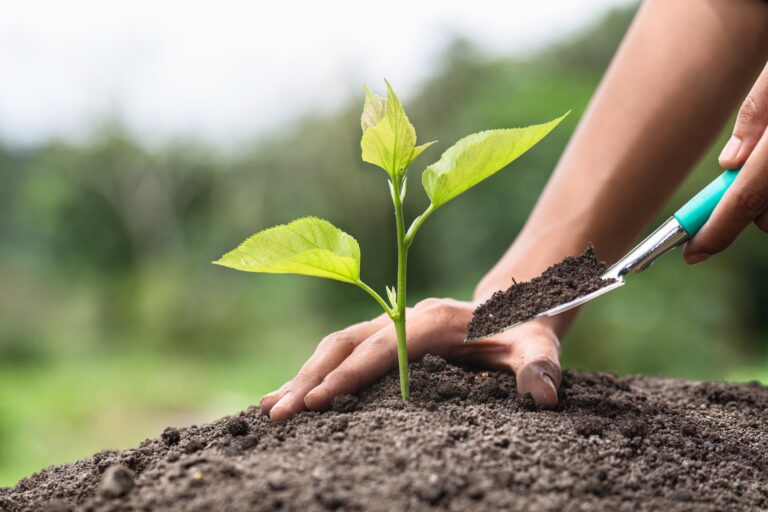Even if you are not growing a winter garden, you can still do plenty of winter garden tasks. Winter garden chores can be split into planning and chores. Planning Winter is an excellent time to plan your next year’s garden. Planning your garden is split to into these steps. Inventory Before you list things…
5 Ways to Reduce Water Usage in the Garden
Reducing your water usage in your garden is almost always a positive thing. It will lower your water bill and produce healthier plants. Why Reduce Your Water Usage in Your Garden? Overwatering is a common mistake among gardeners. However, the truth is that plants have adapted to require less water than most people assume….
Good Bugs for the Garden
How much gardening media is consumed with pest control topics? Gardening store shelves are filled with pesticides, and organic gardening books are full of tactics to beat bugs with more natural tools. But having a bug-free garden is a bad thing. Here are some good bugs for the garden. Why are Bugs Beneficial to…
Cheap Ways to Improve Garden Soil
Soil is the heart of your garden. And if we want to keep our gardens healthy and producing plenty, it’s essential to care for the soil diligently. Here are some practical and cheap ways to improve garden soil. Fertilizer When people think of improving soil, they most often think of adding fertilizer. This is…
How to Keep Gardening from Being Boring
Most of the time, growing a kitchen garden is a somewhat predictable task. Many people grow the same things year after year. And that’s great because it means they eat something they love that are nutritious and delicious. But I encourage people to grow at least one new or challenging thing each year. Growing an…
Benefits of Buying Grafted Trees
What are Grafted Trees? Grafted fruit trees are simply 2 trees fitted to grow as one. The rootstock is the root of a tree that is cut to let a second tree be fitted into it so it can bind the inner tissues together, heal, and continue to grow. The second tree, called the…
6 Health Benefits of Gardening: How It Boosts your Physical and Mental Health
The health benefits of gardening are not limited to supplying your food. Gardening is also a form of self-care. You can reap several tangible benefits from growing your food, including physical and mental changes. Improves Mood Exercise, eating more veggies, and sunlight are all linked to improved mood. Exercise and eating more veggies keep your…
2 Homemade Fertilizers You Can Sell
Looking to make extra money? Mixing up homemade fertilizer is a great side hustle for gardeners. What is fertilizer? I want to discuss fertilizers. They are anything you add to the soil to make it a hospitable place for plants. They can be organic or non-organic. When looking at fertilizers, they seem to come…
Year Round Guide: What to Plant in Each Growing Season
Planning what to plant each season can be fun as you dream of all the delicious things your kitchen garden will bring you, but you should know your hardiness before you start buying plants. Your Zone The USDA has divided America into hardiness zones. A hardiness zone is a geographical area that determines which…
Gardens, Books, and Legacies
Gardening wasn’t a hobby in my mother’s family. Instead, it was essential to their lives. In the 1950s and 60s in rural Arkansas, the garden was their only source of fruits and vegetables. And when they wanted something different, they bartered their oversupply with their neighbors. As the decades passed, my grandmother’s life changed dramatically….
